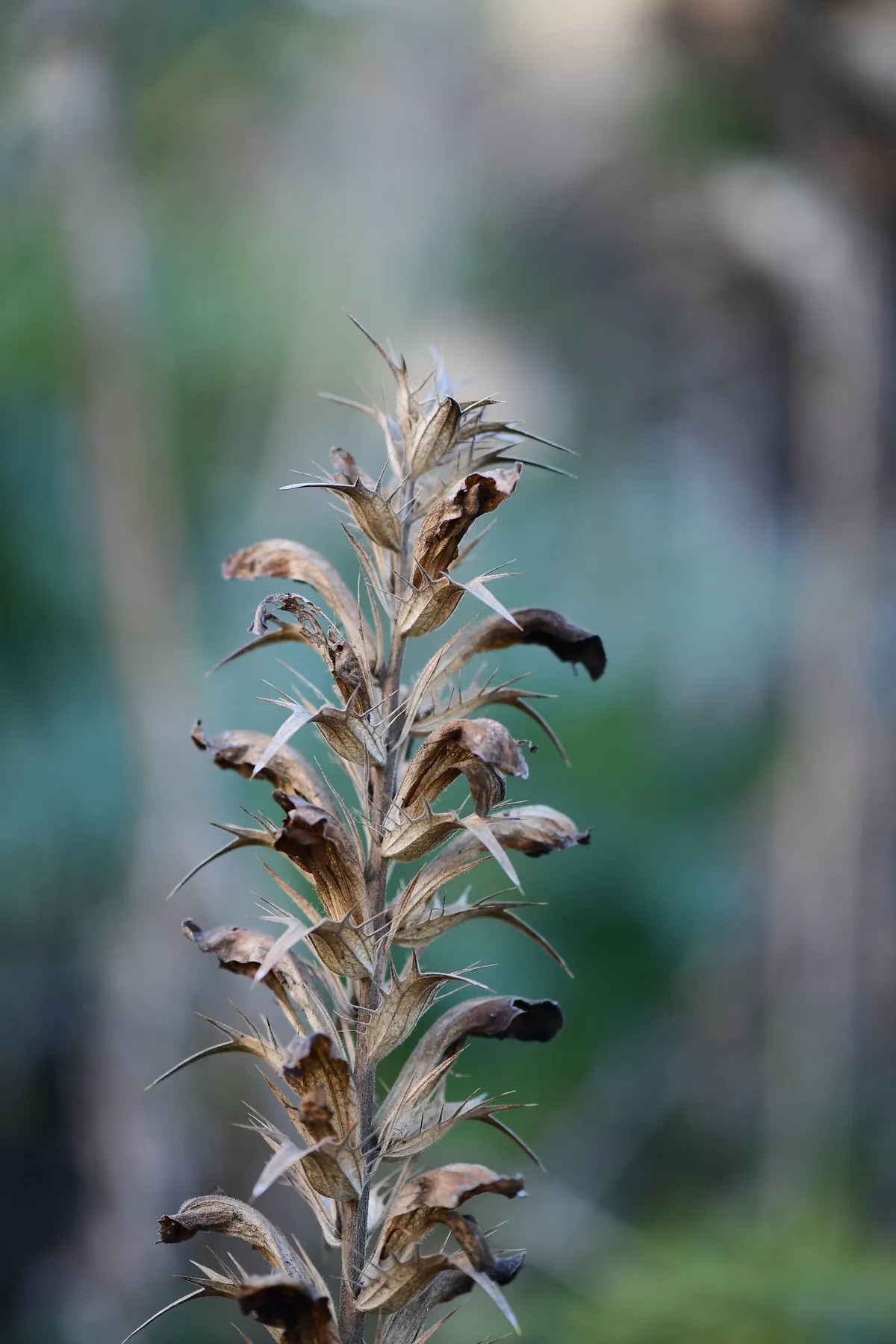De Tuin van Fortmond is a home featuring a garden with strong bones and naturalistic planting in the Dutch style, near Olst in the east Netherlands. At two-and-a-half acres, it has river clay on top of river-dune sand and is a temperate maritime climate with a hardiness zone of USDA 8a.
Owners Willem and Josée de Haan have an eye for and love of contemporary design, and this has been extended from their ultra-modern, minimalistic home into their accomplished garden. They moved here in 1996, seeking refuge from town life, and settled on the small enclave of Fortmond, where for sale they found a former farmhouse, a cow shed and two-and-a-half-acres of land. “We demolished the cow shed and got an architect to design a modern living area,” explains Willem. “Our last garden had been designed by a landscape architect, but here we wanted to do it ourselves.” He describes the style as “geometric forms with nonchalant planting in between” inspired by the naturalistic style of Piet Oudolf. Rugged clay pavers, reclaimed from a former brick factory, lead down into the back garden, where beds of late-summer perennials including Phlomis russeliana, Agastache ‘Blackadder’, Persicaria and Actaea give a sense of enclosure without blocking the wider view.

The back garden of the ultra-modern house features low blocks of groundcovers, such as Ceratostigma plumbaginoides and Ophiopogon planiscapus ‘Kokuryu’, giving interest throughout autumn.
The style is defined by geometric forms

In autumn colour from taller perennials, such as Agastache ‘Blackadder’ and Anemone x hybrida ‘Honorine Jobert’, stand out against the still green foliage of Euphorbia characias subsp. wulfenii, and the muted tones of Sanguisorba menziesii and Echinops ritro seedheads, and of grasses, such as Calamagrostis x acutiflora ‘Karl Foerster’.

Hemerocallis lilioasphodelus, Molinia caerulea subsp. arundinacea ‘Transparent’ and Deschampsia cespitosa provide autumn interest in the bed beyond the lily pond. A grounding structure of dark-leaved plants includes lines of Prunus cerasifera ‘Nigra’ trees, and low berberis and higher copper beech hedging.

A berm planted with perennials and ornamental grasses rises up to soften the unusual roof structure, clad in sedums and other green roof plants.

In the front garden, a block of Ceratostigma plumbaginoides with beautiful, red, autumn foliage spreads beneath the Prunus and Nothofagus trees.
Key seedheads
Useful information Address Fortmonderweg 47, 8121 SL Olst, the Netherlands. Tel +31 (0)570 564 317. detuinvanfortmond.nl. Open By appointment.








